One fun aspect of Festivals is that, while roaming the areas, you might stumble upon something you are not familiar with.. Or, if you are lucky, something obscure, a hidden gem of sorts. Last month there was a yearly held comic festival, where I ended up buying the small graphic story collection, ”Becoming an Ex-Mormon” (2016) by Cajsa Nordlund. The format she uses is called a fanzine (a non-professional and non-official form of publishing produced by enthusiast in a certain sub-culture or community for fellow members, in Ms. Nordlund´s case Ex-Mormons and people interested in the phenomenon of de-conversion) which entailed a related collection of drawings with dialog.

Cajsa Nordlund is a Swedish artist who is also a former Mormon. It is hard to find much information on her, but according to her instragram account @tossaniska she´s a painter and graphic story artist, who, in addition to this volume, has just published another comic-based collection, ”Lite Mycket Begärt” (”A Bit Much of a Request”, roughly). In the graphic volumes back cover there is a short biographical explanatory text, where it is informed that Ms. Nordlund was a Mormon for six years, and married whilst a believer and member of the church. At the age of 27 she left the church and got a divorce. The comic collection, ”Becoming an Ex-Mormon”, is, according to the volume, based on real experiences from Nordlund and other Ex-Mormons.
The Mormon church was founded in America and is still predominately an American religion, but due to their global missionary program (in which young men travel abroad to convert others) they have been able to create a substantial following in other countries. Mormonism has been present in Sweden since 1850. Today Sweden has about 9000 Mormons (a fairly notable number, when you take the countries size and famous lack of religious people into account). Missionaries are common in Stockholm, in fact my Chinese significant other had more than one encounter with young Mormon men who approached him using Mandarin as an “in” to begin the missionary moment. A Mormon church also exists in Finland, with about 5,000 members according to the CLDS own reckoning. Finland’s first contact with the Church came from Swedish emigrants baptized in the early 1870s and Swedish missionary brothers who preached in Vaasa. In 1876, the first converts in Finland were baptized, and by 1886, 25 people had been baptized among the Swedish-speaking Finns. My first ever encounter with Mormons was that of a Finnish woman who had converted and was married to an American man, both residing in Finland. (For those who want, check the star below the review for more History of Mormons in Finland*).
The sketches in ”Becoming an Ex-Mormon” are short, pithy, insightful and, probably needless to say, humorous in nature. There is no singular directive story, just the revolution around the denunciation of peoples commitment to the Mormon religion. The sketches are separated into three sections: ”Benefits of Becoming an Ex-Mormon”, ”Downsides of Becoming an Ex-mormon” and ”Before & After”. These three sections work very much to the comic structure benefiting from sharp and short narratives which cleverly embody both the thoughts and feelings of former believers and fleshing out the experience of leaving the calming steadfastness of the Mormon belief and the more generalized condition of loss as Nordlund and others tumble from their former community. In a minimized format of the comic formulation Nordlund is able to give a big and nuanced perspective on a life changing event, both as vast philosophical rupture and the loss of the safety of the social. While self-discovery often is empowering, it also does comes with a vanished connection to both thought and emotion, and Nordlund is not shy of facing this uncertainty doing so, in her work, with passion, humor, and sassiness. While ”Becoming an Ex-Mormon” does ultimately state that leaving the church is an empowering moment to face the many and ambiguous truths of the world, it also never shirks the reality and downsides to leaving a very tight community and wade into the realities of persistent doubts, open bouts of loneliness and the existential fears this entails.
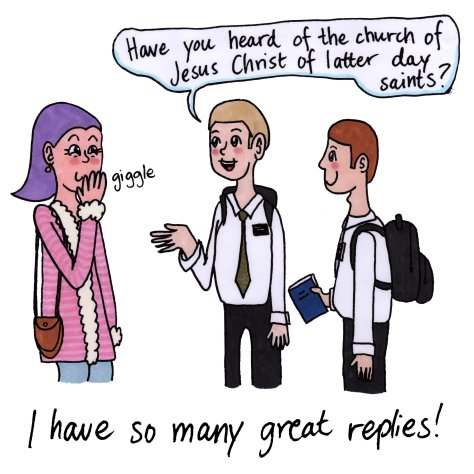
In the Benefits section, the stories move around the newly found freedom and advantages of not being Mormon. Many of the advantages the stories talk about are quite Mormon specific, like finally being able to drink coffee, whilst others are more generally applicable to a number of different religions (like being able to skip inconvenient, and constant, praying). Some of the enclosed graphic stories in the volume are difficult to understand unless one has at least a passing knowledge of Mormonism, as, for instance, Nordland comments on the relief of being able to laugh loudly after leaving the church. Despite this the reader will never feel abandoned to the mysteries of religion in this compendiums graphic tales as, in the unfolding of the total work, the reader is almost invisibly explained the customs in the Mormon church (such as the pressure to storage food for the latter days, the strict dress codes, and the pressure to marry) while not bogging down the narrative flow which rests instead on the ex-believers journey.

Nordlund´s stories also touch upon the gender dynamics in the church, bringing up a number of a feminist issues in the tales, for instance with the collection critiquing the notion embodied in church doctrine that the fundamental role of womanhood entails primarily their functioning as mothers. Because of this the ideological community of the Mormon dictates strict rules regarding women´s bodies (a universal critic of religious communities) and their functioning visibility in the social. Nordlund underlines this uneasy genetic behavioral doctrine, and her adamant rejection of its biological determinism, with a strong sketch panel where we find a naked woman smiling with her arms spread out, and a text pronouncing: “Now my body is mine and No One can tell me what to do with it”.

While Nordlund´s comic is a critic of the Latter Day Saints Church, her sketches are also critical regarding gender roles and expectations inside of overall society; she´s able to play with this dynamic masterfully through her illustrations. For instance, in one segment, the comic notes that one of the supreme benefits young heterosexual couples have in communities (and familial structures) is that people withhold asking them, verses single members/ dating couples of society, when they will get married. Followed by the constant query of when they will have children. A woman in the strip notes, after the later advantage is discussed, that it is useless as: “Just kidding. Pretty much everyone everywhere assume all people want kids”.
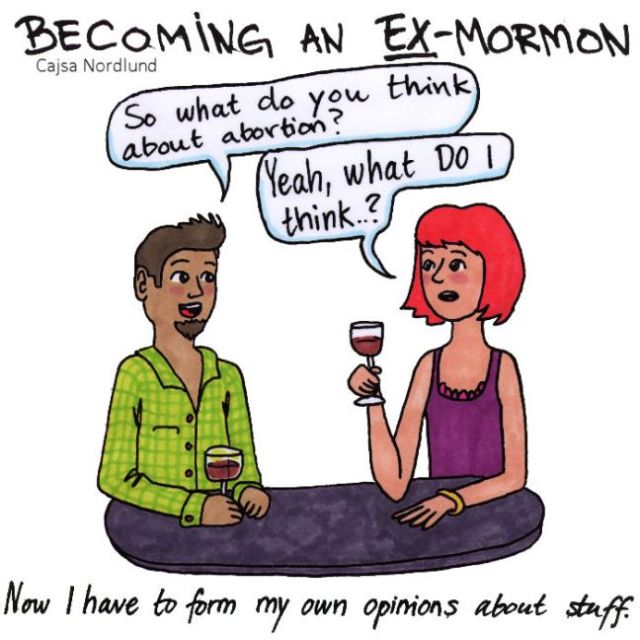
an Illustration by Ms. Nodlund; while not present in the comic, still very interesting.
The Downsides segment is a laugh inducing and poignant examination of more unfortunate sides of losing one’s religion. This section of the graphic stories revolves around the issues of confronting the existential dilemmas of understanding and thought, and the penultimate responsibility for the future (since it is no longer the latter days of the saints of the church Ex-Mormons looks to for morality) in which the individual must generate and embody themselves and their ideas in living. Choices are now the choices made and lived by each of us in the community, and there are no straight-forward answers (give to us by others) in which we can hide from the responsibilities of our decisions. Outside of the rigid theist setting of rules and actions, Nordlund, (as all humans in the field of thought, belief and acts) battles with the questions, not the least the existentialist, of life.

The last section, “Before & After” differs from the previous two sections in that the situations the individuals find themselves in are explored in two panels, while the previous sections explored themes in one panel. “Before & After” deals with many different experiences with the theme being anxiety and shame before, and peaceful relief afterwards. The sketches deal with topics such as LGBT+, disability**, body issues etc. The issues confronted in this section regard the often, almost subliminal, feelings of shame, nonconformity, abnormality and guilt due to the incongruence between the norms of the church and the (in actuality) normal actions of being an individual. Neverr reductionistic, the group of insights here show that after leaving the church, the journey of exploring who you are, and learning to accept this ambiguous and messy self its founded on a freedom (not only in the lack of pressure to conform to a narrow model of the human) based on the emancipatory realization of the self beyond simple boundaries and contradictory foundations. While less funny, many of these sketches are very moving and show the complexities of becoming human in the greatest sense.

“Becoming an Ex-Mormon” is an easy (I read it in an hour and a half), enlightening, and read, and is without a doubt worth re-reading as well. The illustrations are straight-forward and simple, yet appeasing nuanced in their declarations. Well worth checking out!

———————————————————————————————————
* In 1903, Apostle Elder Francis M. Lyman visited Finland. The Finnish Mission was organized in 1947, when there were only 129 members in Finland. During the next seven years, the Church gained legal status and the Book of Mormon: Another Testament of Jesus Christ, a companion scripture to the Bible, was translated into Finnish. The Helsinki Stake was organized in October 1977 with 3,642 members. Ten years later, Church membership was 4,100. The main Chruch for latter day saints today resides in Helsinki.
** While many religious people are supportive of disability rights, there are parts of religious texts and beliefs which hold very ableist opinions. This side of religion/superstition is rarely discussed inside of narrative media, and it was great to see it presented in this collection.

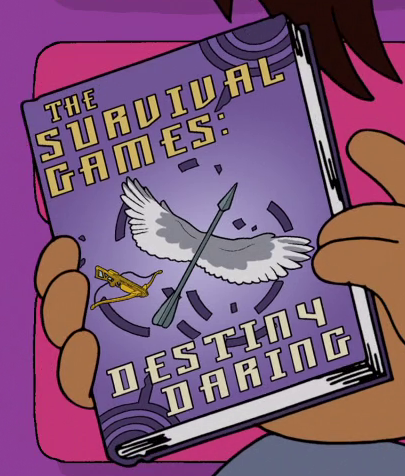


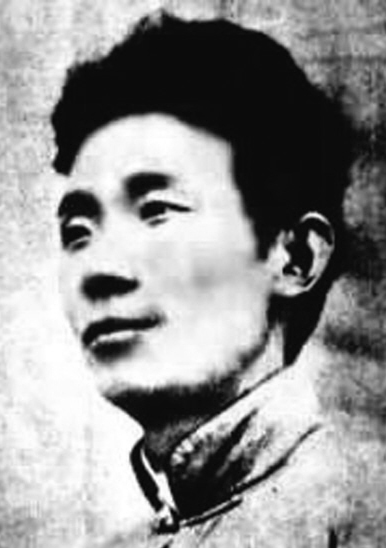



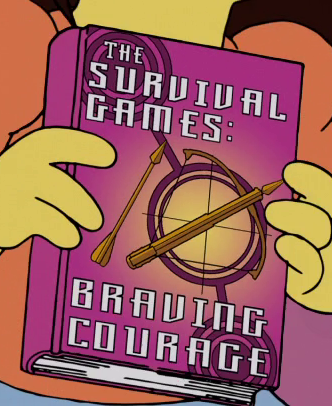
Åh jag önskar att jag köpt denna på festivalen. Verkar verkligen klockren och intressant 🙂
Den var också rätt bliig, typ 90 kr. Kanske nästa gång? 🙂
Den är väldig rolig, och om man gillar “loosing my religion” berättelser är det absolut en pärla 🙂
Wonderful page! What’s for dinner killed me! 🤷🏼♀️
Thank you!
Yes, that was very funny. Thank you for commenting!
Thank you so much for this lovely review! ❤ ❤
The comic is available here:
http://tossaniska.tictail.com/
Your welcome! Always happy to spread the word on good art. Thank you for commenting! And for the link!